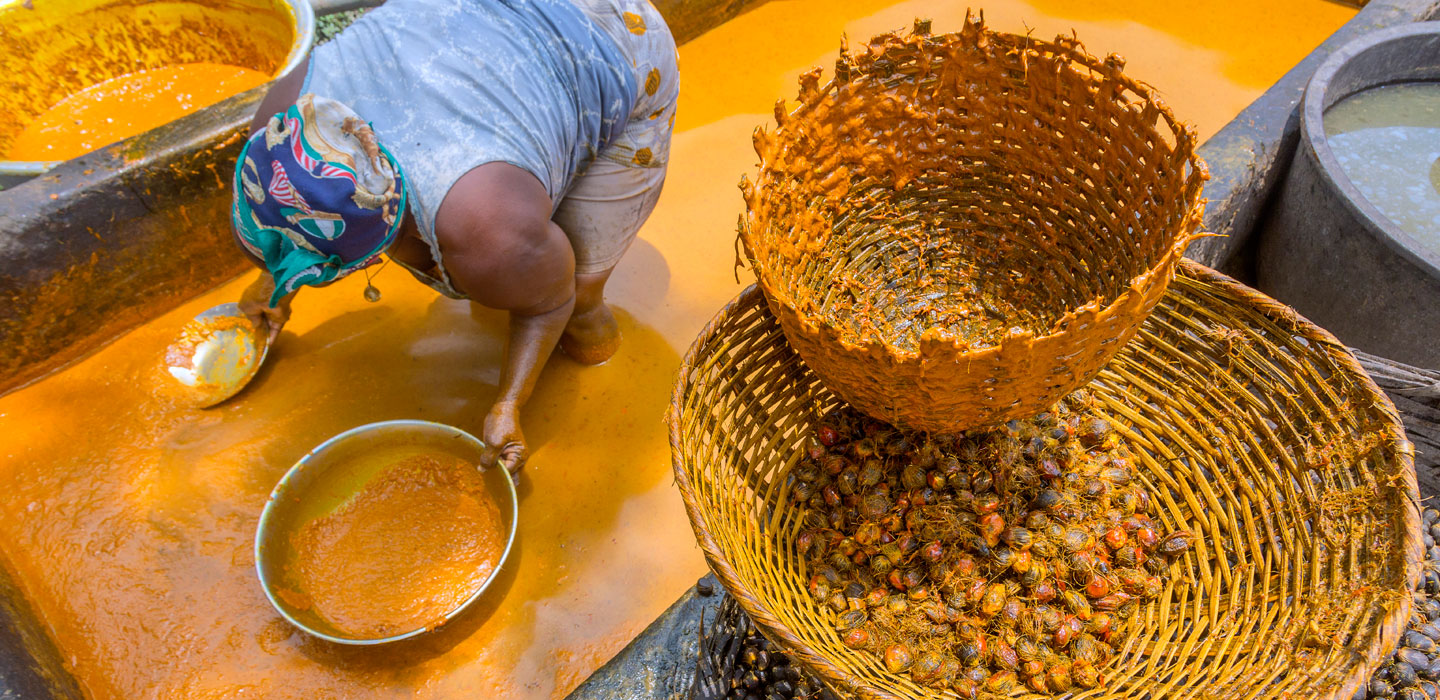Series
Series

Series
Menu Display
Search Results Filters
Search Results
Research Series Issue 7 - Measuring IFAD's Impact
This paper examines the impact of IFAD-supported projects so as to learn lessons for future projects. It analyses the different methods used by IFAD to measure a project's impact, finds that IFAD is improving the well-being of rural people, and recommends that impact assessments be built into future projects from their inception.
The Biodiversity Advantage: Global benefits from smallholder actions
Biodiversity is about more than plants, animals, and micro-organisms and their ecosystems – the Convention on Biological Diversity (CBD, 1992) recognizes that it is also very much about people and our need for food security, medicines, fresh air, shelter, and a clean and healthy environment. Biodiversity is also essential for the maintenance of ecosystem-based services, such as the provision of water and food for human, animal and plant life. When we make an effort to conserve biodiversity, we are helping to maintain critical global biological resources to meet our needs today as well as those of future generations. Biodiversity conservation is therefore central to achieving recent global commitments for sustainable development under “Agenda 2030”, adopted by the United Nations in 2015. The International Fund for Agricultural Development (IFAD) recognizes that losing biodiversity means losing opportunities for coping with future challenges, such as those posed by climate change and food insecurity.
The Economic Advantage: Assessing the value of climate-change actions in agriculture
The Drylands Advantage: Protecting the environment, empowering people
Present in each continent and covering over 40 per cent of the earth, drylands generally refer to arid, semi-arid and dry sub-humid areas, and are home to more than 2 billion people.
Research Series Issue 6 - Why food and nutrition security matters for inclusive structural and rural transformation
This paper challenges current thinking on the connection between rural transformation and food security & nutrition. It advocates that improving rural and structural transformation has a positive cyclical effect upon communities by improving food availability, access, supplies and utilization which in turn improves the health and education of communities.
Using evidence from across the developing world, the paper creates a policy agenda to maximise potential for smallholder farming to transform local economies.
Toolkit: Formalising community-based microfinance institutions
Research Series Issue 5 - Rural-urban linkages and food systems in sub-Saharan Africa
This paper examines the role of rural-urban linkages in fostering inclusive and sustainable food systems and how these contribute to rural transformation and, more broadly, to sustainable and inclusive development. Focusing on sub-Saharan Africa, the paper analyses the interdependencies between rural and urban areas and points to the key roles played by rural-based populations and producers, particularly smallholders, in promoting inclusive, mutually beneficial and sustainable urbanization.